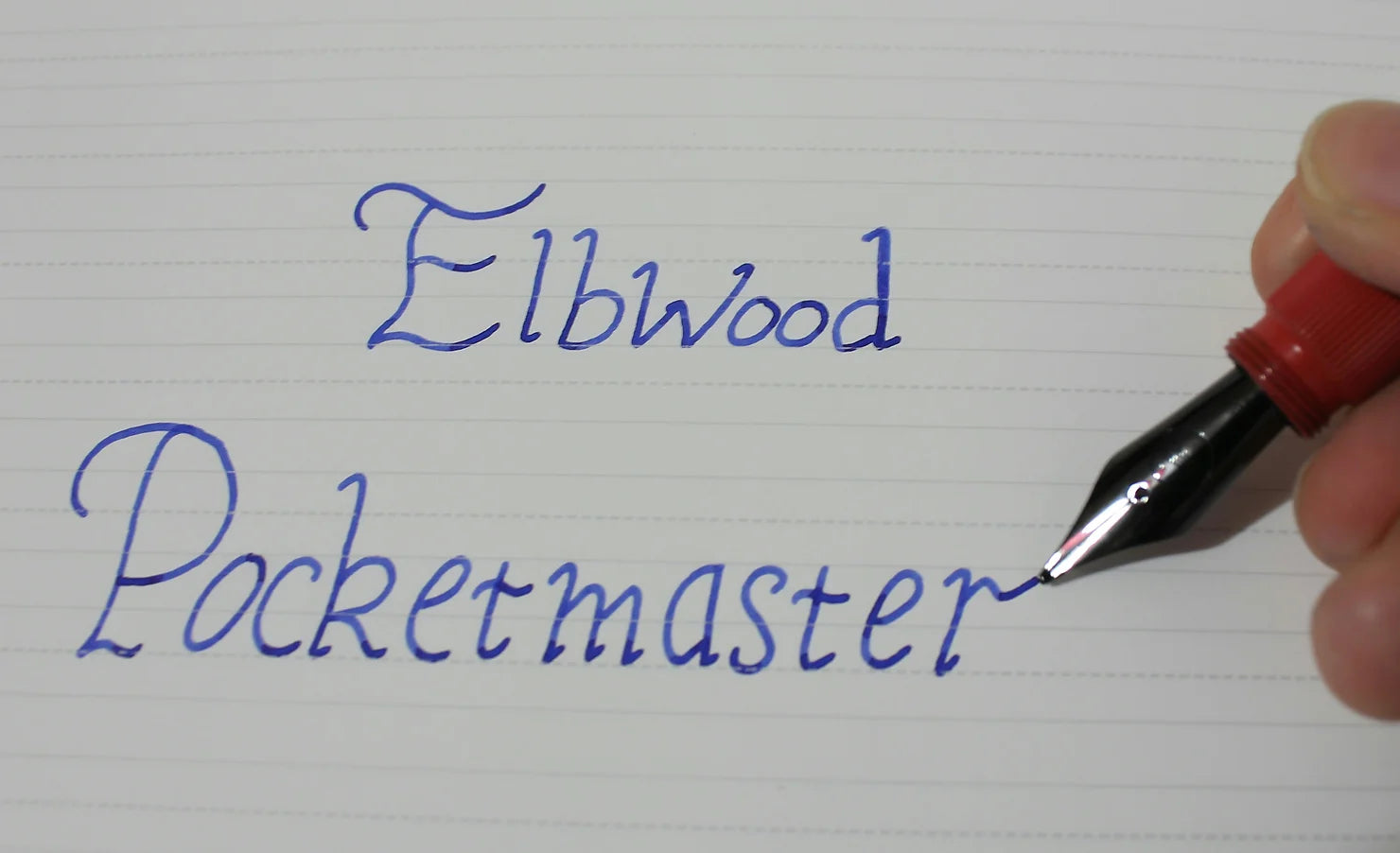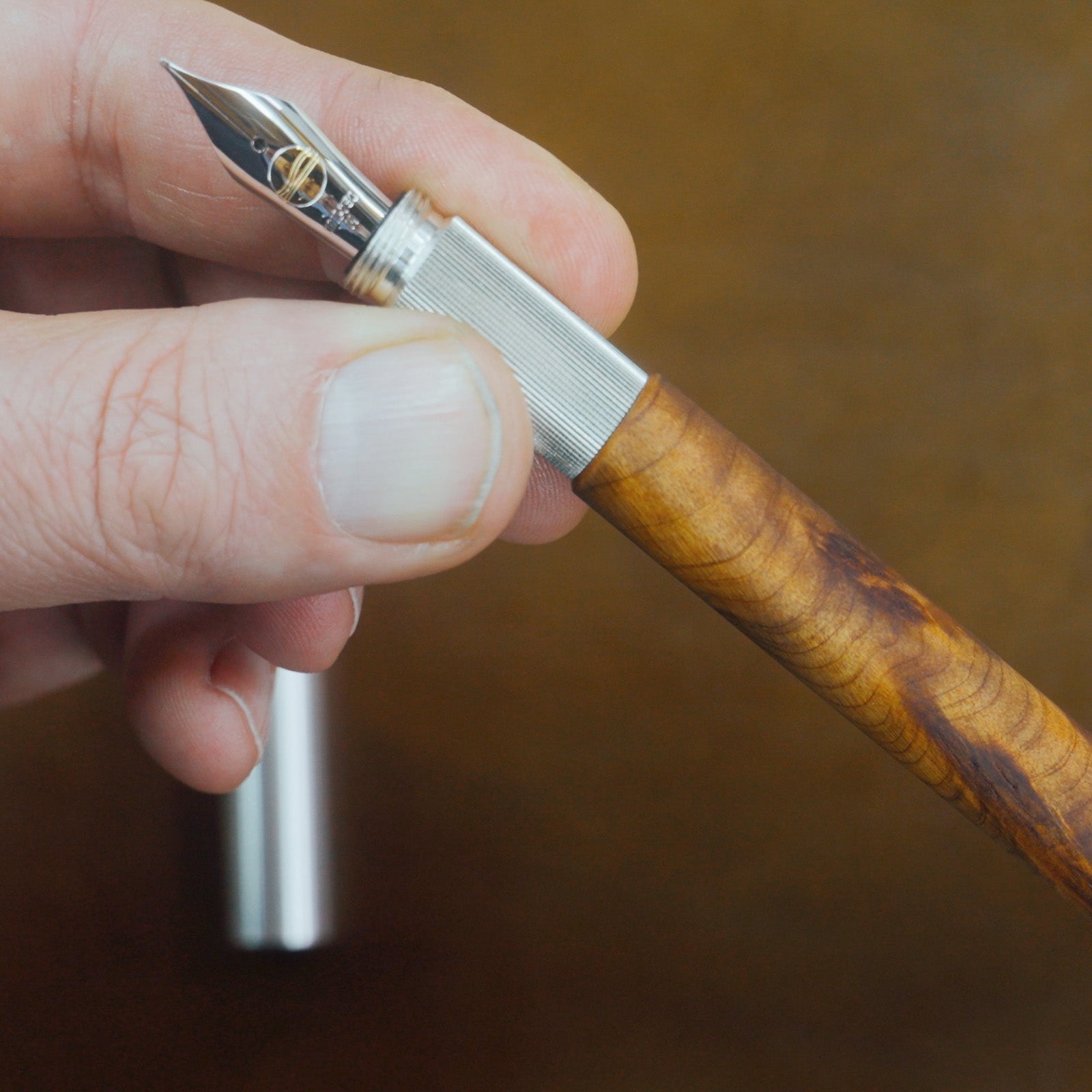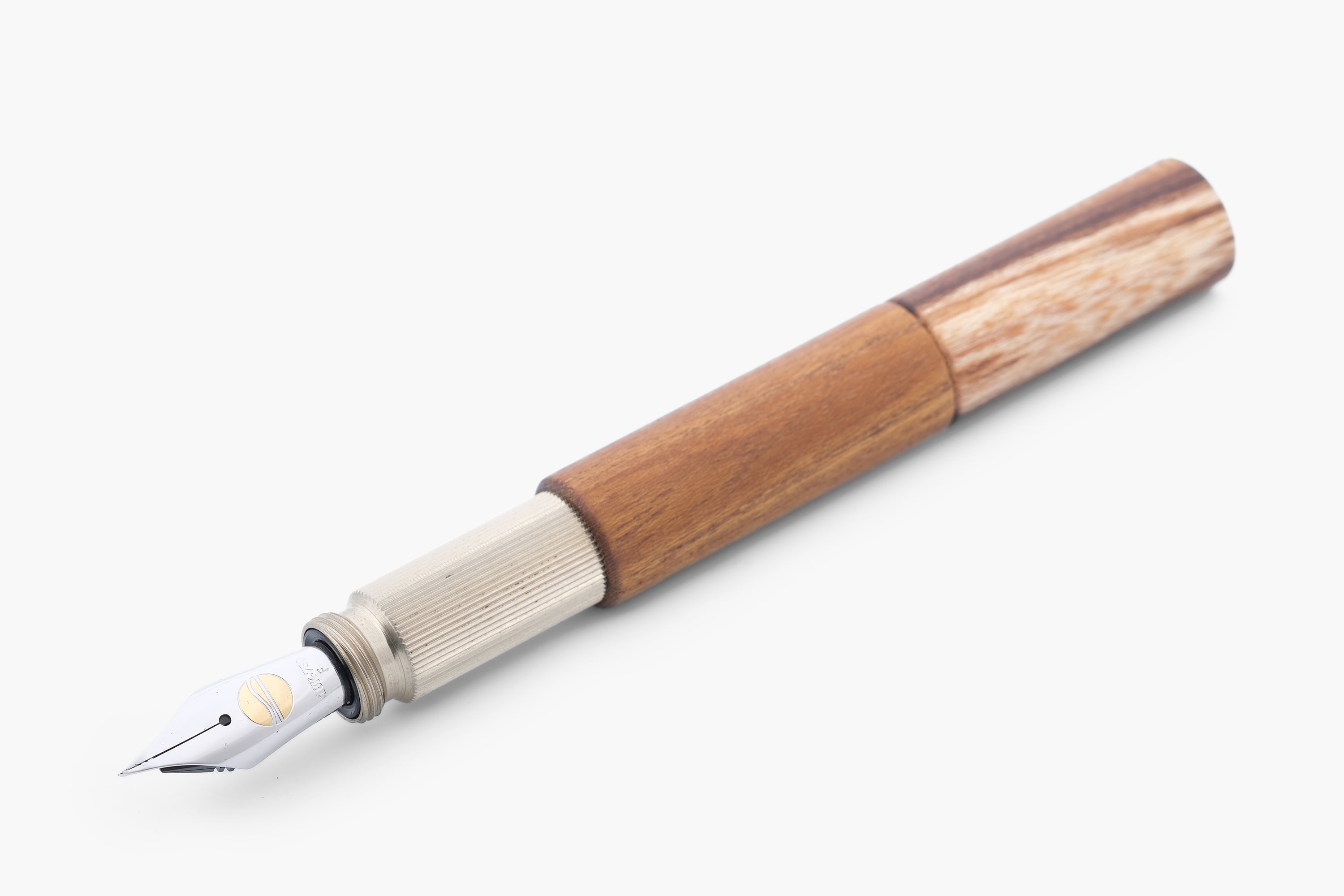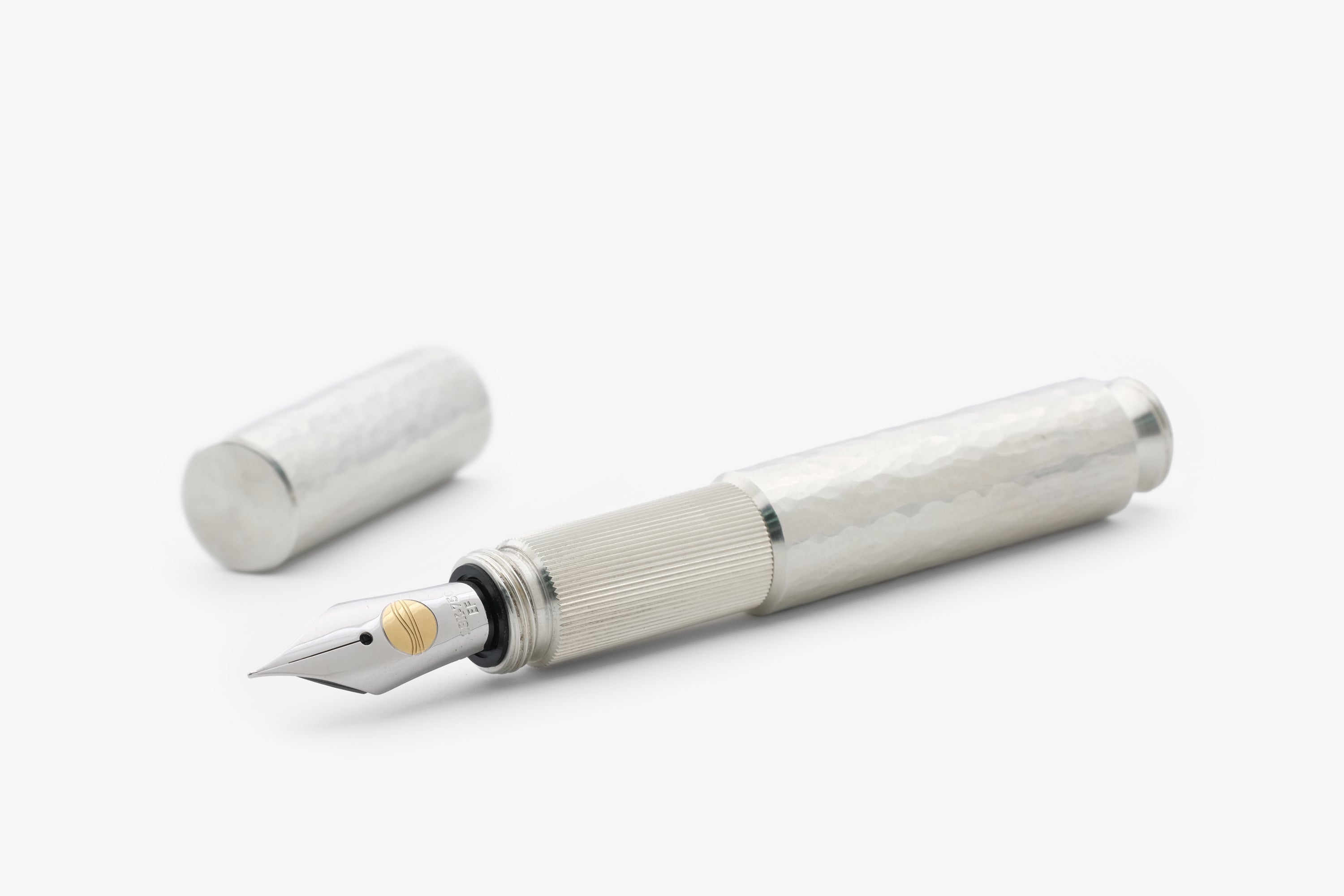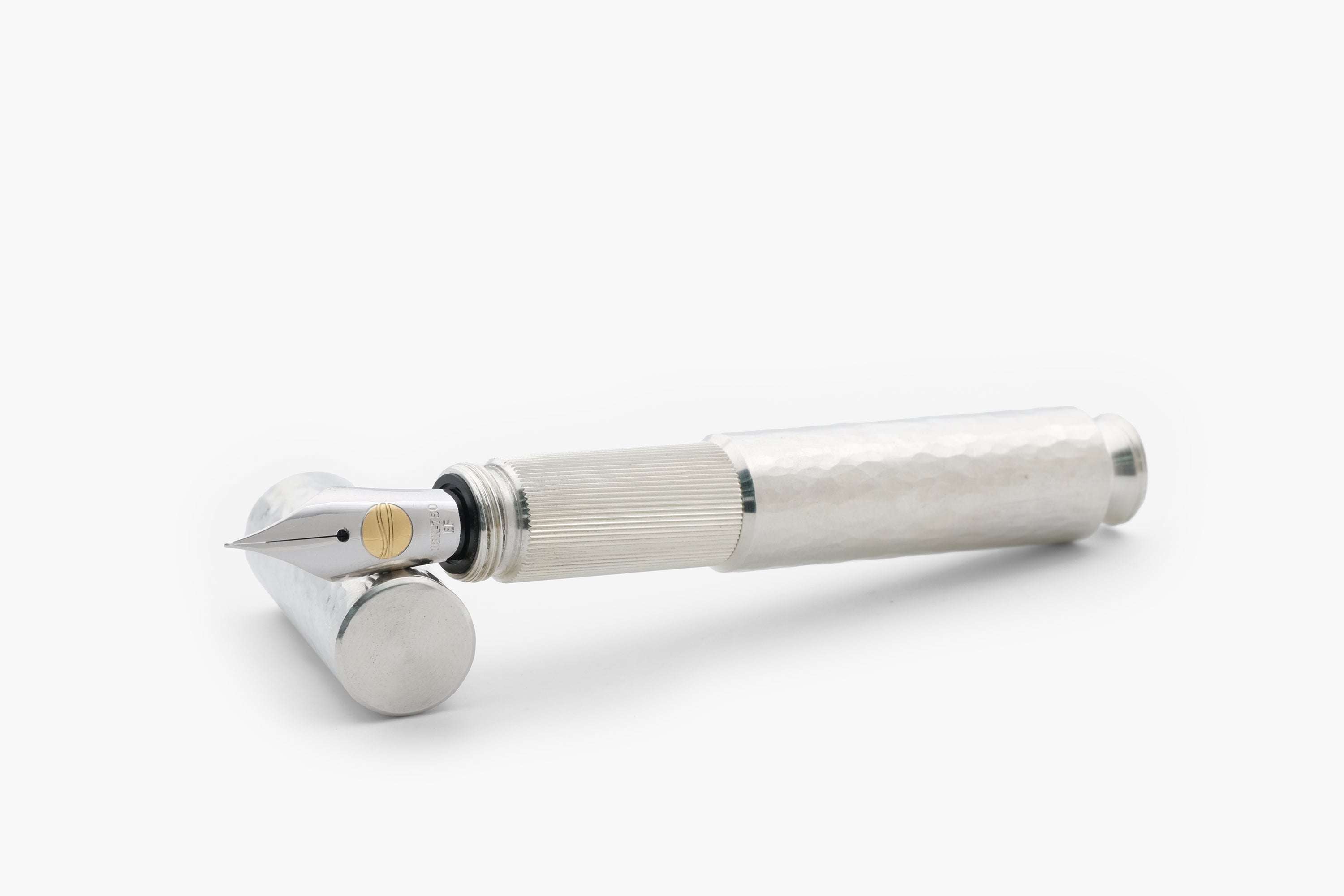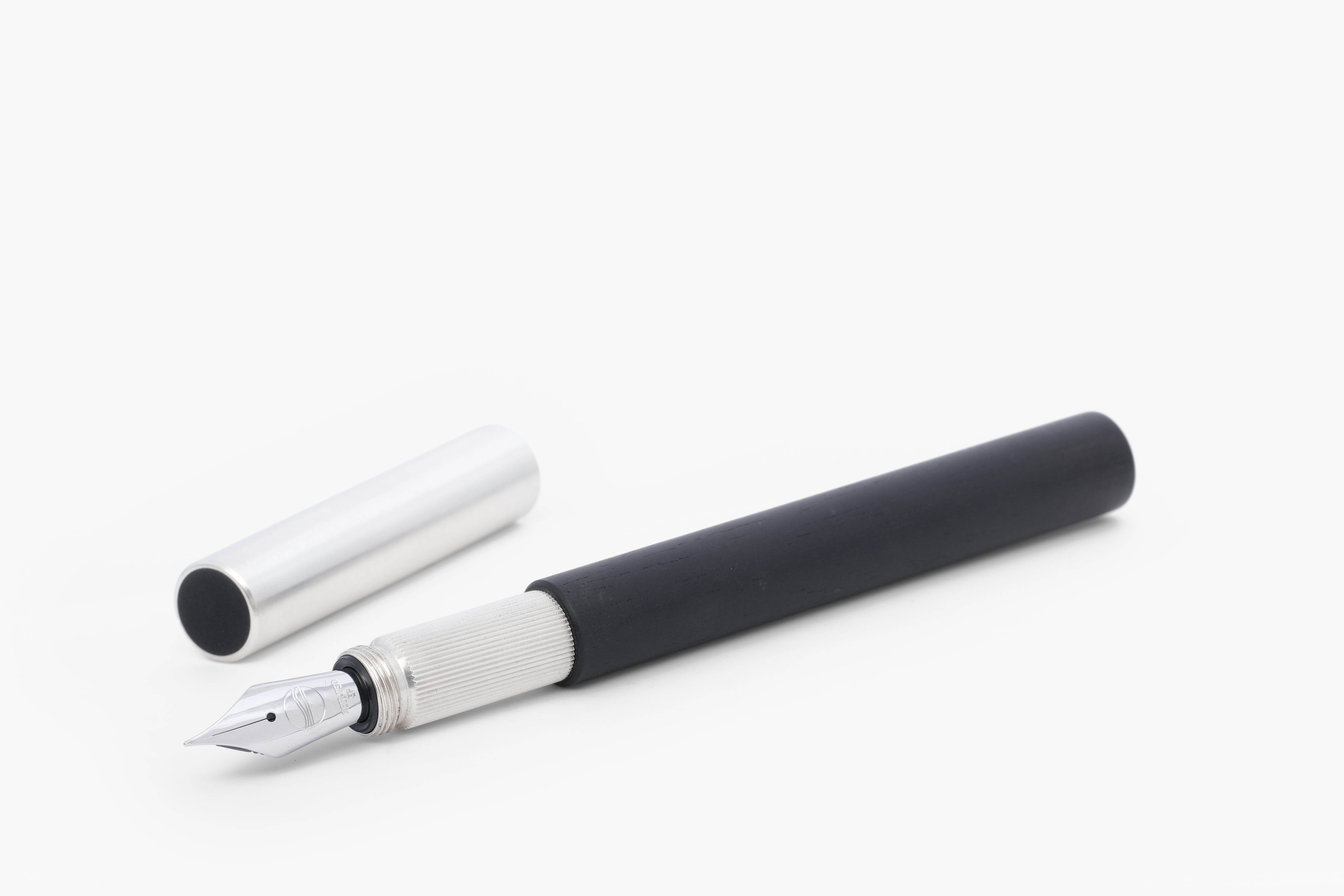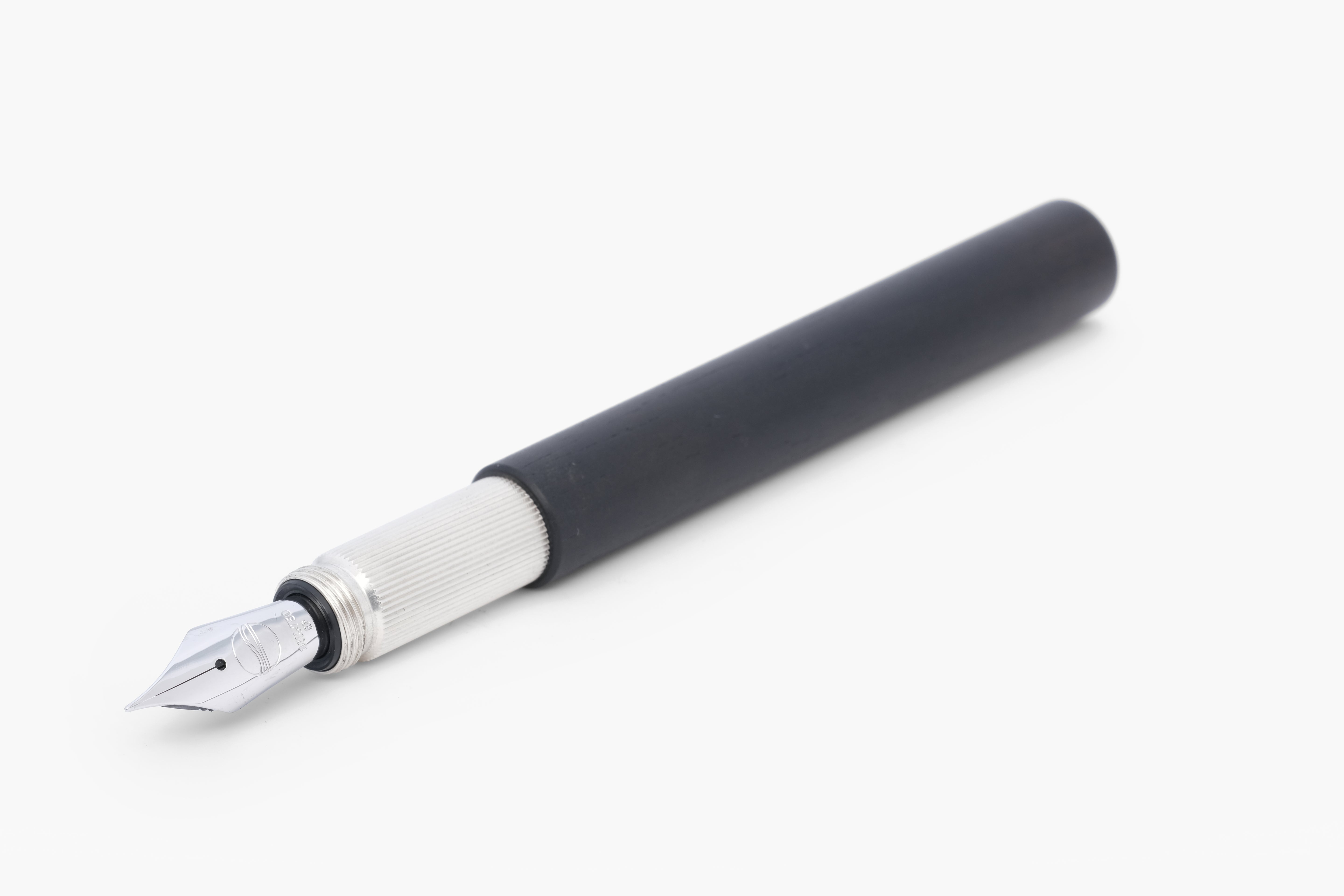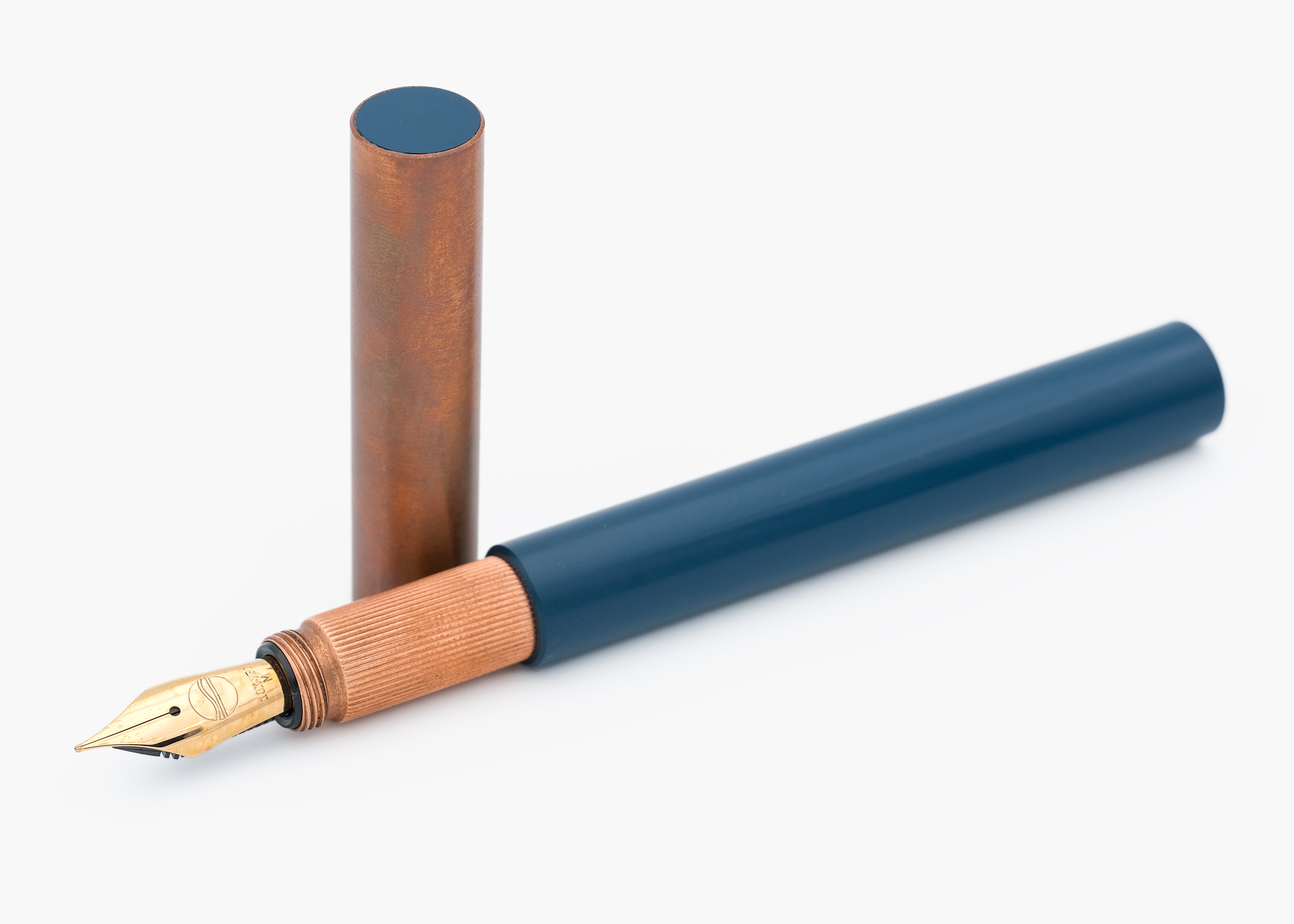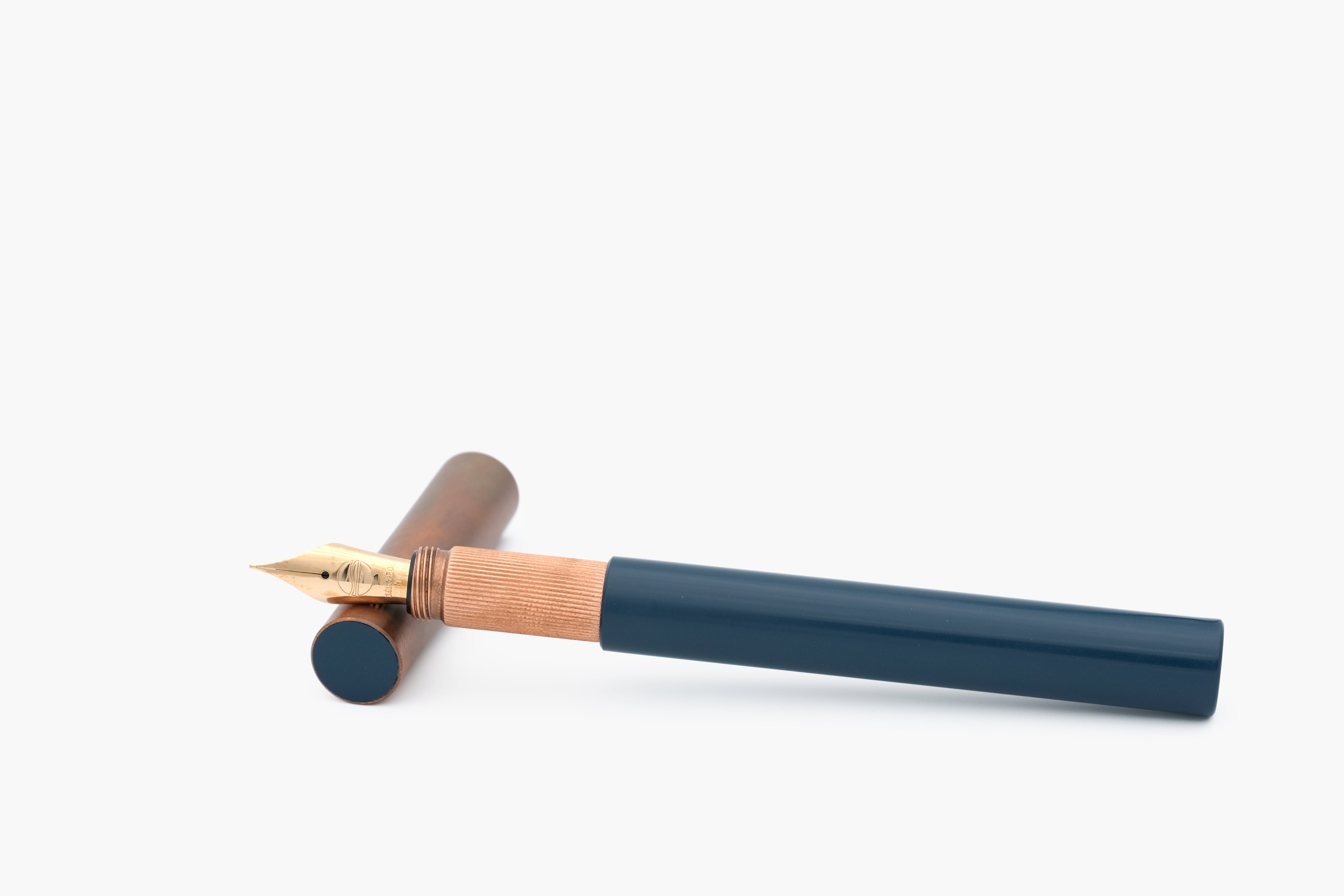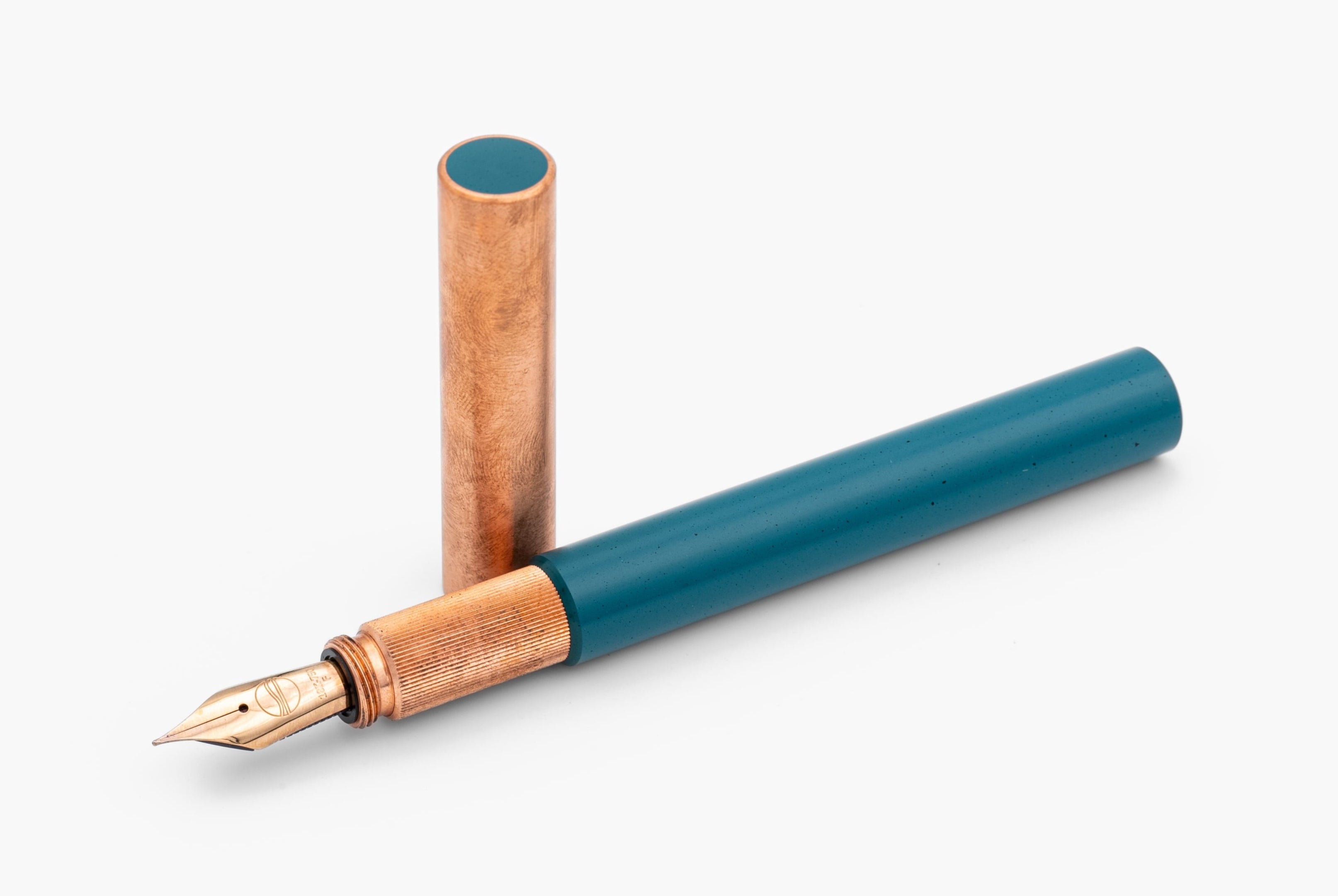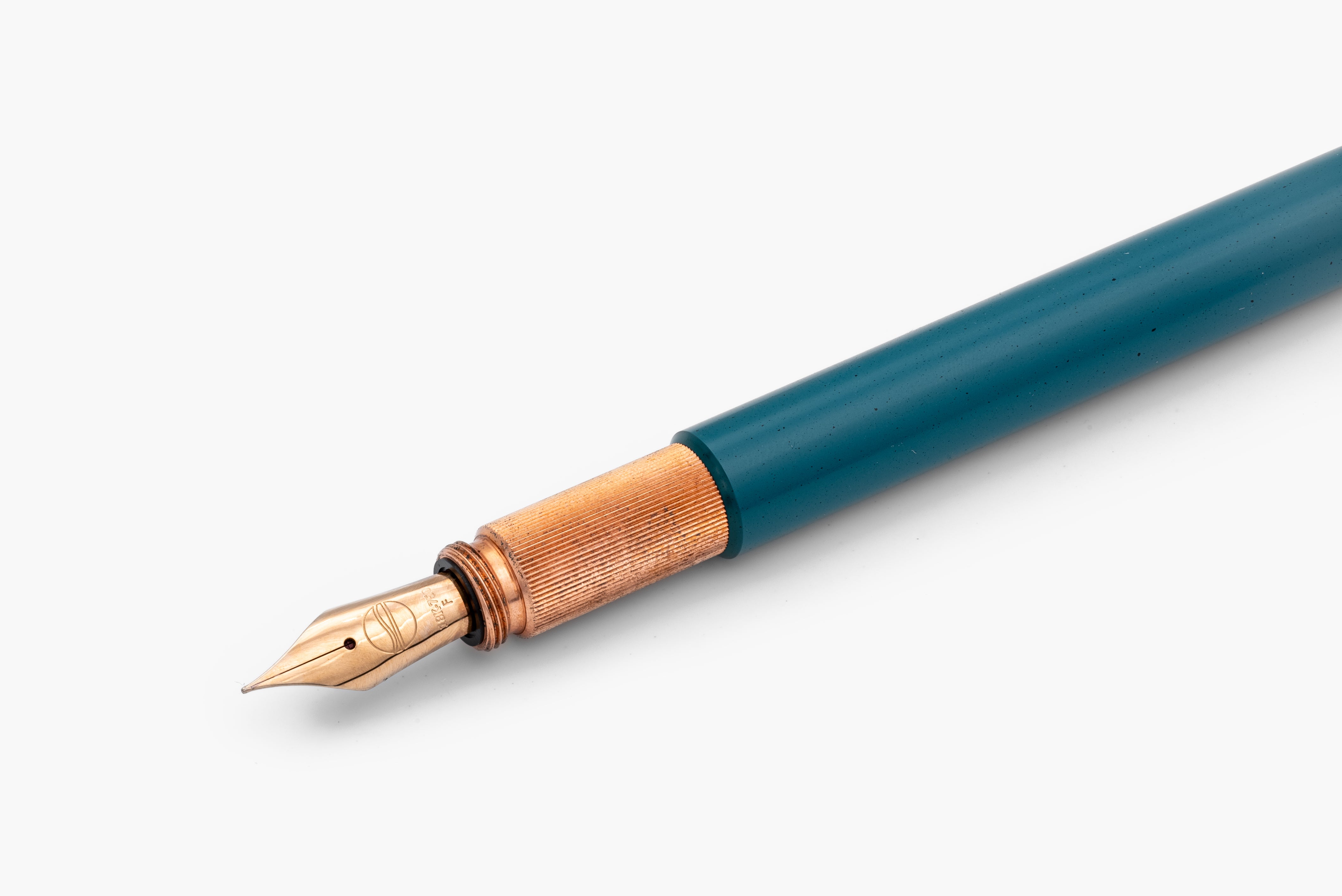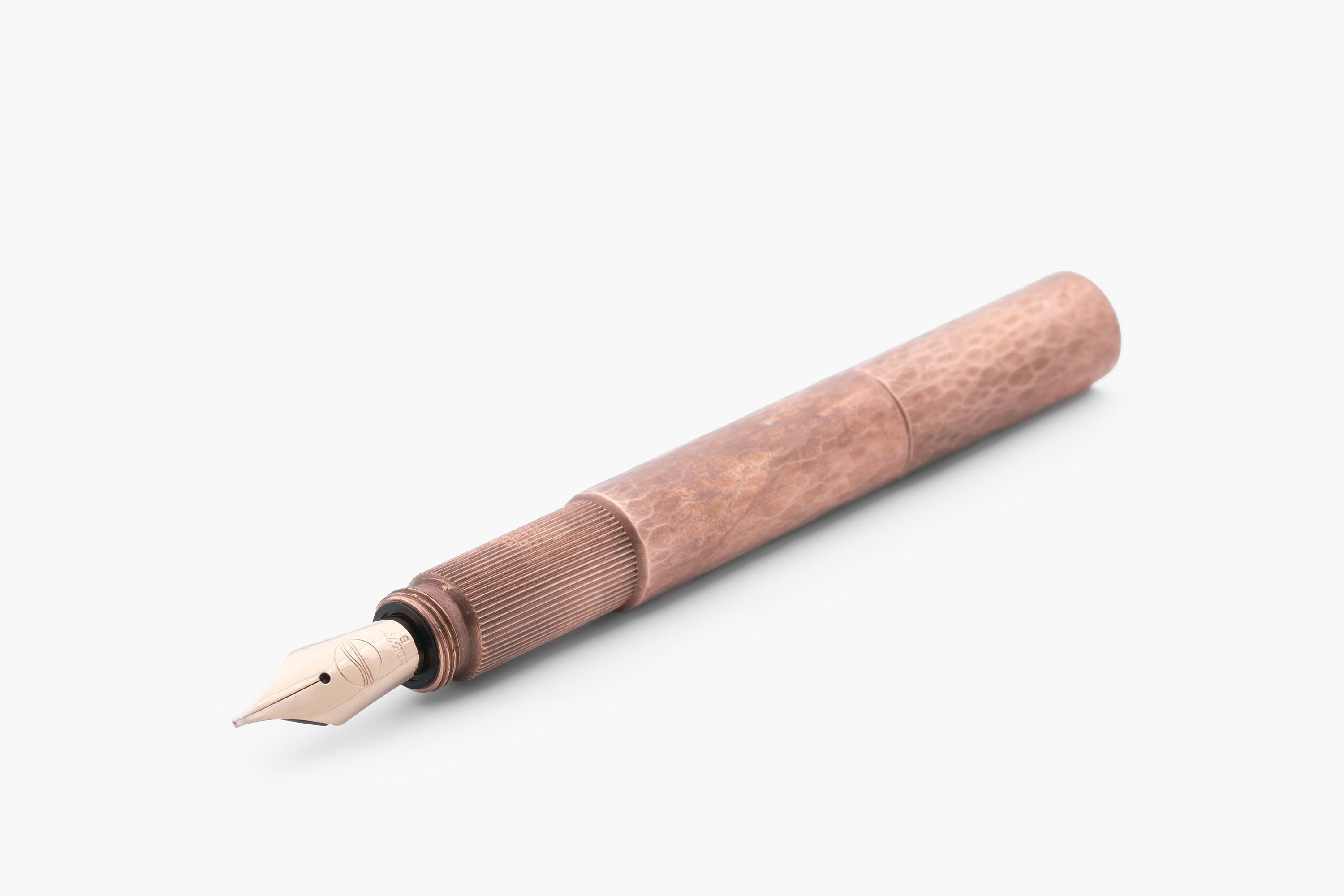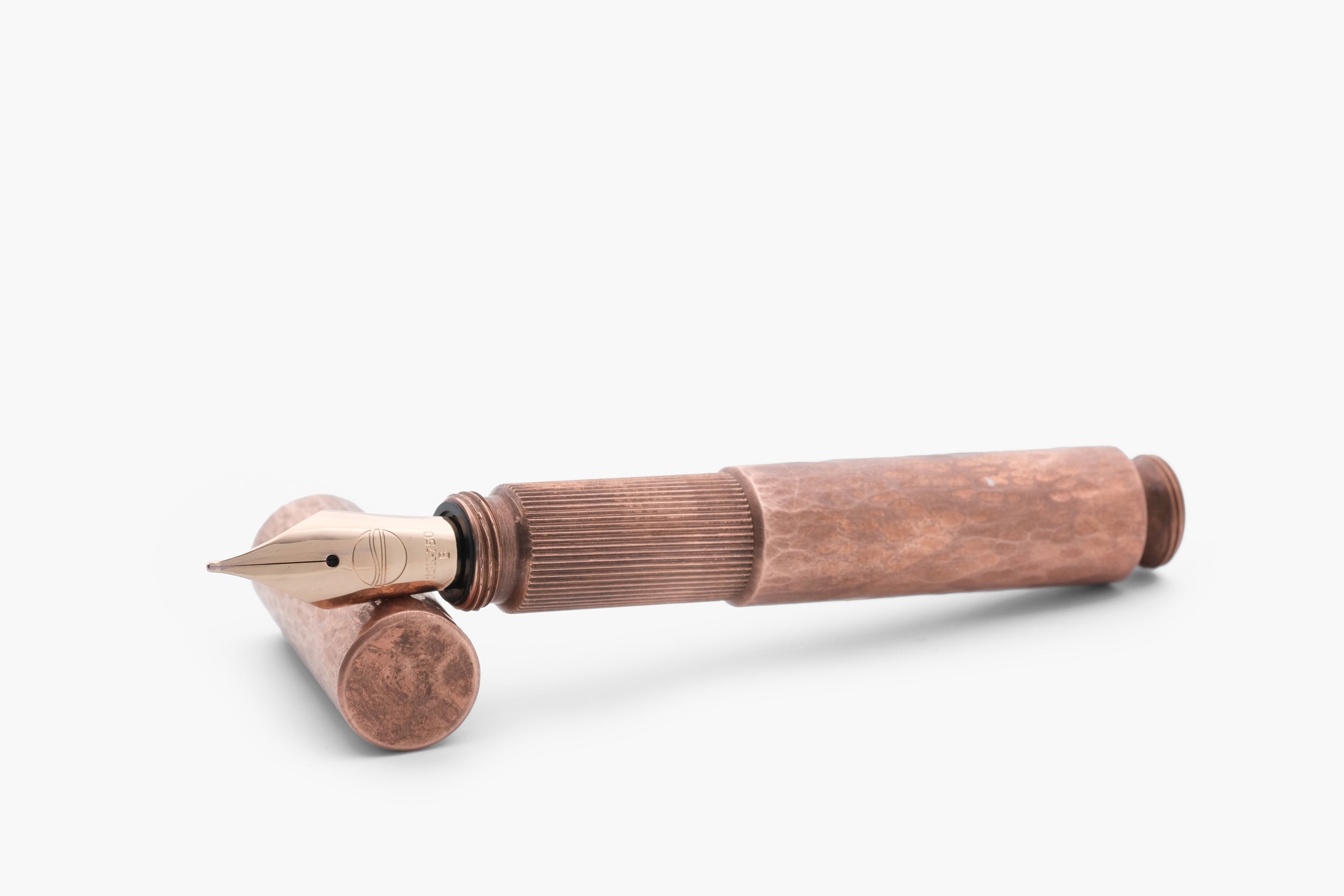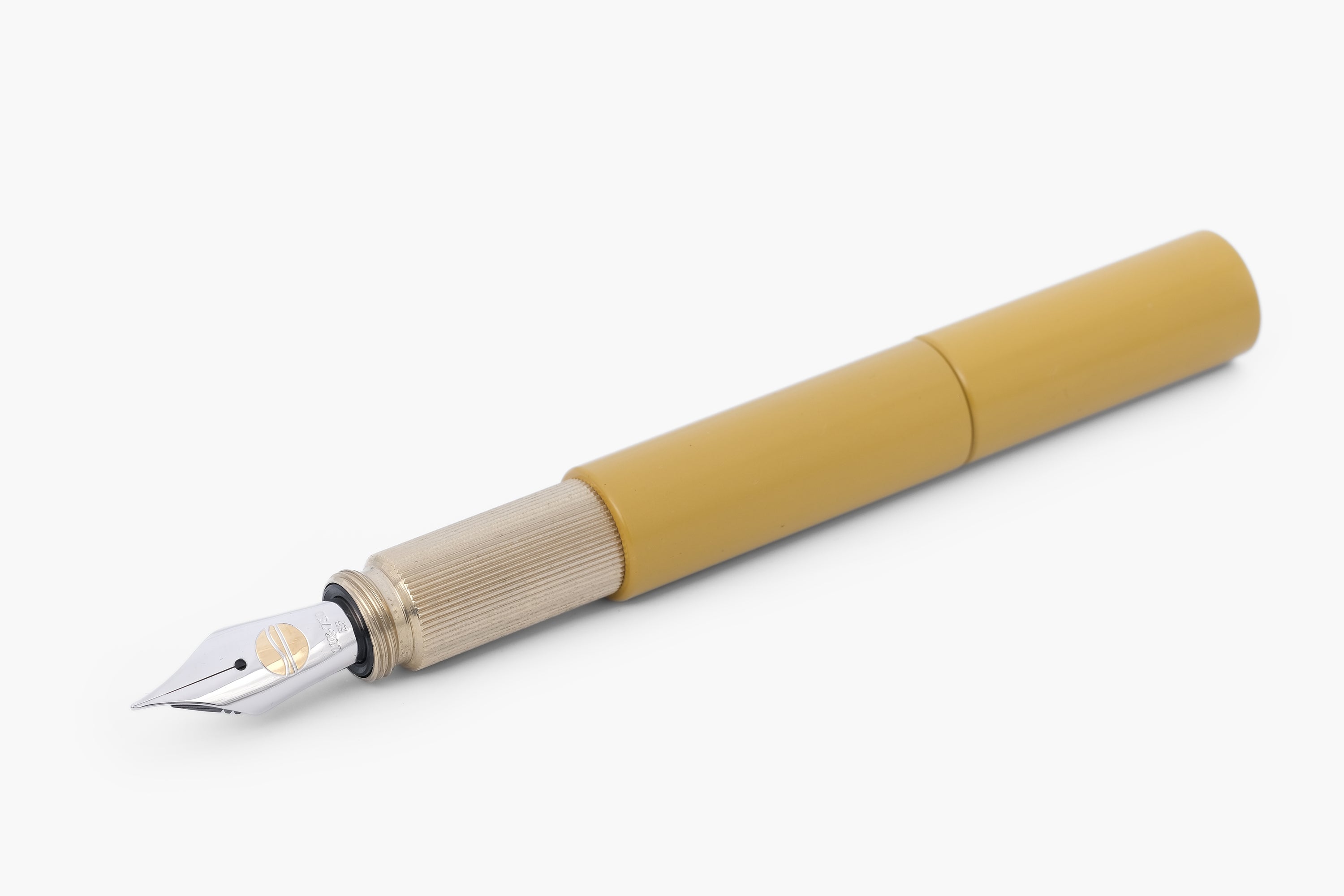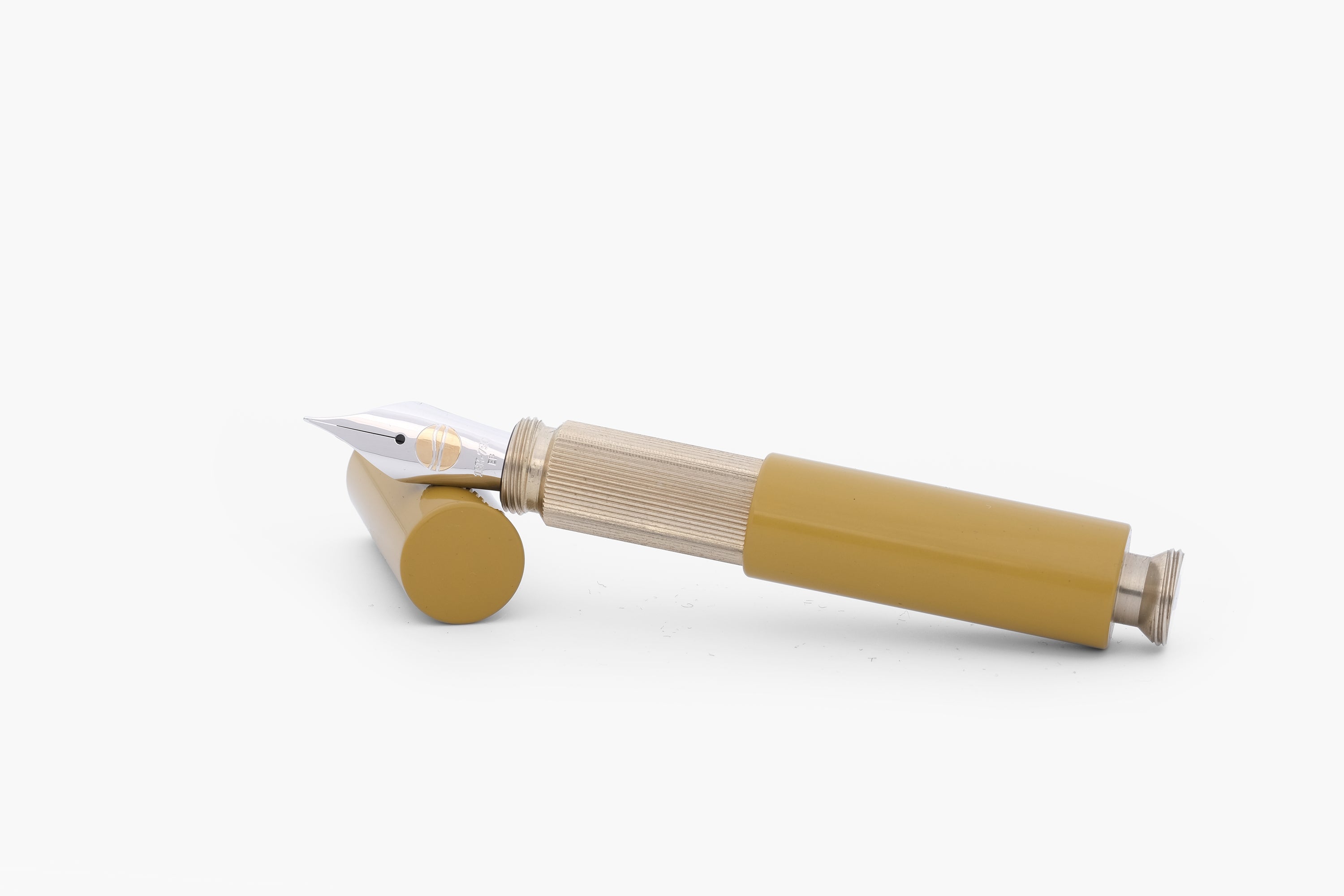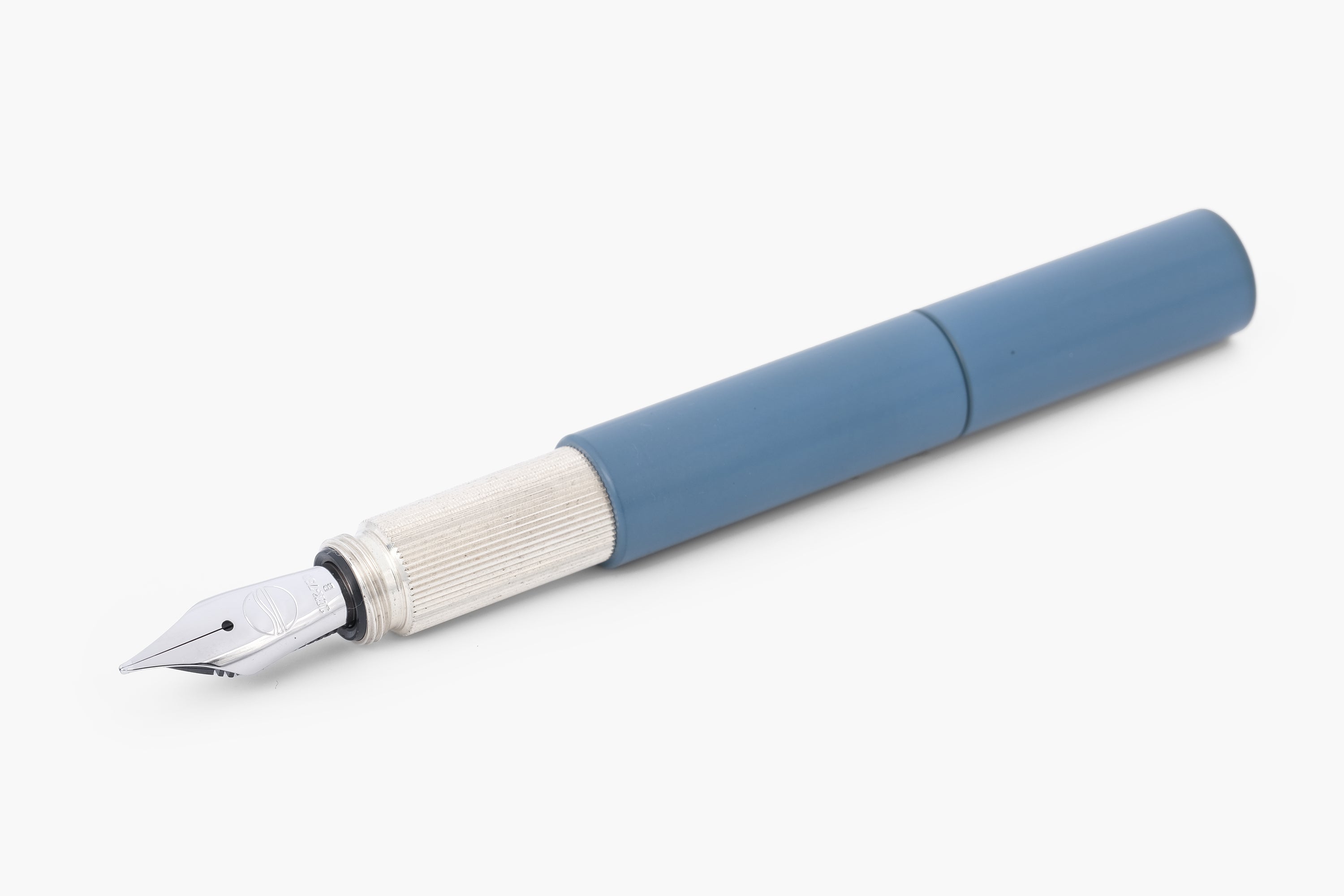THE TOP CLASS OF WRITING INSTRUMENTS - THE ARTISAN PENMAKER
ELBWOOD - The Hanseatic Penmaker, based in Hamburg, Germany specializes in the handcrafted production of exclusive writing instruments and accessories made from rare woods, precious metals and unique materials.
The company ELBWOOD - The Hanseatic Penmaker, founded by Frank Pressentin, is located in Hamburg on the river Elbe and is an expression of his passion for the handcrafted production of writing instruments in small series. Every writing instrument made in this studio is meticulously handcrafted and underlines that individual production is not just a luxury, but a matter of course.
The artisan collection ranges from exquisite fountain pens and ballpoint pens to fascinating custom designs, each a work of art that follows minimalist design principles and showcases exceptional craftsmanship. The result is a unique writing instrument of the highest quality that reflects the personality of the owner and the skill of the creator.
FOUR - THE INTERNATIONAL LUXURY & LIFESTYLE MAGAZINE sat down with Frank Pressentin to find out more about the background and philosophy of the penmaker...
CAN YOU SAY SOMETHING ABOUT THE BACKGROUND OF ELBWOOD - THE HANSEATIC PENMAKER? HOW AND WHY DID YOU FOUND THE COMPANY?
I have always been creative and interested in making things by hand. My interest in design began with photography when I was 13 years old. I was fascinated by analogue photography, with images that I developed in my darkroom. I spent so many nights in that darkroom. There are similarities between the making and use of pens and photography. It takes time, practice and an eye for design. In photography you write with light, and I wanted to reflect on the analog experience of having to take time to make things and bring that into the analog approach to writing by hand.
It was a long process between photography and today, about 30 years in between. Many of us have lost analogue work with digital photography because we can now do things we couldn't do before [with computer software]. However, over the years, I realized that I was missing something because everything was readily available and could be done quickly. I wanted to return to the old values. These values could lead people to buy a pen that they no longer have an existential need for, but want because it satisfies a physical expression of themselves. With pens you can use writing to reconnect with yourself.
My first experience with pen making came when I started building a boat for my family - a crazy thing to do if you've never done it before. I found that you can learn anything if you are willing to go online and listen to others from all over the world learn how to do something. While I was building the boat, I really enjoyed working with my hands again and I started thinking about what I would do next.
It was during this time that I remembered that ship captains used to write their logbooks by hand, and that's when I had this idea in my head - from logbooks to writing to writing implements and making writing implements from boat building materials. I started using boat building materials such as ebony and brass.
My first pen was made from the bronze of a ship's propeller. Boat materials are ideal for making writing instruments. They are very hard [and durable] and waterproof so they won't rust, but they are also very difficult to work with. From then on I developed my own pencils and shapes.
CAN YOU TELL US ABOUT THE ORIGIN OF THE COMPANY NAME?
The name comes from the Elbe, which flows through Hamburg. It is a historically interesting river that flows through East and West Germany, and it plays an important role in the history of my city.
The Hanseatic part of the name comes from the Hanseatic cities, which previously linked values with their commercial activity; for example, a contract is based on a handshake, and people were proud of their word. They are old values that have lost none of their validity - and I wanted to reflect that in my company.
HOW HAS ELBWOOD - THE HANSEATIC PENMAKER DEVELOPED OVER TIME?
At first it was a hobby that I did in my free time before I started selling locally. It was a process that turned me from a hobbyist to a professional. The most important professional step came when I started presenting my work online, using social media and the website and started communicating with high-quality videos in English to make the brand visible to the world. This only happened three years ago, but it has made a big difference.
TELL US MORE ABOUT YOUR DESIGN STYLE.
The form/style I developed is very reduced. It took me a very long time to develop a form that is so minimalistic that you can use it as a stage for many different materials. Sometimes pen manufacturers use fancy materials, but they don't pay attention to the shape itself, so the pen ends up being a bit clumsy, boring to look at, or, even worse, uncomfortable to use.
If you look at the writing instrument industry in general, it's not easy to create something unique - often everything looks the same, or is too heavily ornamented for my taste. In search of my personal niche, I developed three basic shapes for fountain pens. Initially I used characterful elements such as wood, brass, bronze and stainless steel. I'm increasingly venturing more and more into using precious materials like silver and gold.
These materials have their own fascination and are interesting to work with and use. They add a lot of value, weight and history to the pen.
When you design jewelry, writing instruments or fashion accessories, you often feel the urge for ornamental design; everything is covered in bells and whistles. it becomes epic and extravagant at first glance. But my designs are about quiet luxury. You know what it's worth, and that's the most important thing. It is a New Luxury that you create for your own satisfaction and that will last you a lifetime. This approach creates true exclusivity.
Think about the fact that you can now buy a Mont Blanc fountain pen at any airport. So it's nothing special anymore because you can buy the same pen in every major city in the world. I see luxury as a unique experience. Luxury should be sought after and it shouldn’t be easy to find. New luxury is intended for you, not as a status symbol to show off to others. You want to be sure where it came from, who made it, and how long it took to make it.
Some of my customers wait 4 to 6 months for their pens. Time and patience are the only ways to make a piece truly unique and valuable. When we wait for something, we learn to appreciate it and care for it more. We give it more value.
WHAT DOES THE PRODUCTION PROCESS OF THE PENS LOOK LIKE?
Each pen is handmade. I use very old precision lathes, i.e.H a lathe that allows the threads to be made for each part of the pin. But these machines need to be operated by hand so that you can feel the difference between each material and design. Whether you're working with gold, silver, or brass, you have to work each material with different settings to make it by hand. I make each pen myself, one at a time, using these tools.
Materials have a personality and change over time. Copper, for example, turns dark the moment you touch it and your hand leaves an imprint. Over time it becomes very dark and develops a patina depending on how you use it. It tells the story of its use. Big industry doesn't like materials that show their age; I try to ensure that the material I choose retains its characteristics.
I don't design with 3D models on the computer, which would be the modern way of designing. I place a piece of solid metal or wood in my lathe and use the handheld tools to find a shape for that material. This process is a mix of head, hand and heart, and it is slow and gradual. You create the form little by little. It's a bit like the process you go through when creating a sculpture. I very rarely use a sketch or drawing; The pen comes from the solid material - like a sculptor's.
I wouldn't call myself a designer - I consider myself a mix of craftsman, designer and artist. Artists are free and have a very philosophical approach. A designer does not have to be a good craftsman to be successful, and the craftsman does not have to be a designer. My approach includes all three elements.
DO YOU COLLABORATE WITH OTHER ARTISTS, COMPANIES OR DESIGNERS?
There's something I'm working on at the moment that's pretty interesting. I started collaborating with other creatives, such as jewelry artists and silversmiths, to create new and interesting shapes. Her craft is very different from mine and I'm interested in what we could do together. For example, silver sand-cast fountain pens decorated with unique stones. or create enamel designs from glass. This opens a door into the fascinating world of jewelry art and connects it with the world of writing culture. You can read the progress of this artist collaboration on my homepage under the title ARTISAN PENS.
WHAT DOES THE FUTURE BRING FOR ELBWOOD - THE HANSEATIC PENMAKER?
In a company there is always a drive to grow, scale and produce faster and larger. I don't want to go down that path. Large-scale production requires more people and machines, and there comes a point when it's no longer special. In my approach there is a limited amount of materials, labor and finished products. I have made this my strength over the years.
I accept that I can only produce a small number of pieces per year and focus on constantly increasing the value of my work. Artists like the ones I already work with are already opening up new spaces and exciting possibilities for me. I want to build on these experiences.
The high-quality individual production of writing works of art is and remains my passion.

